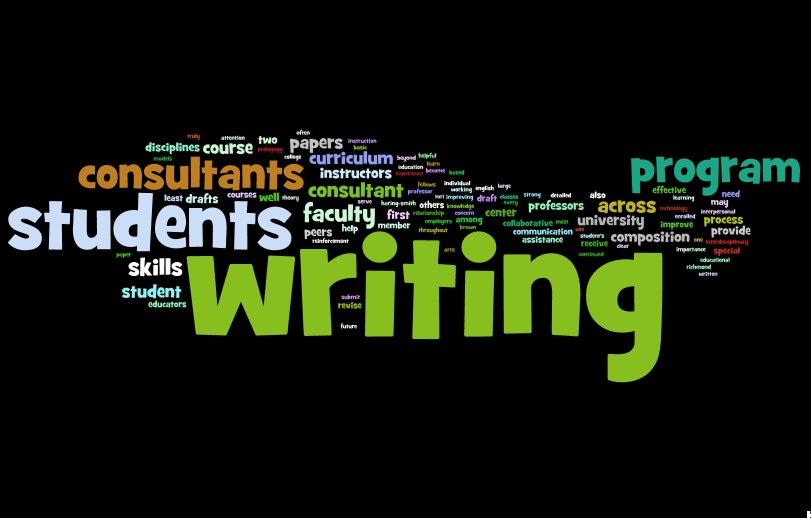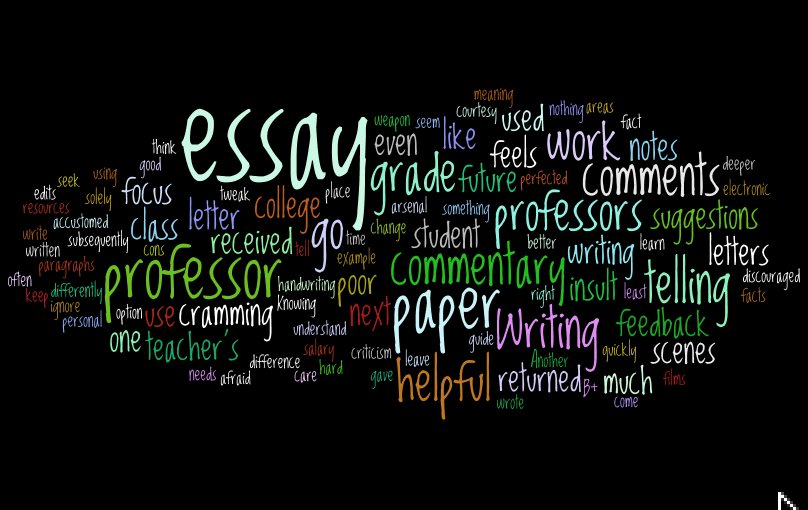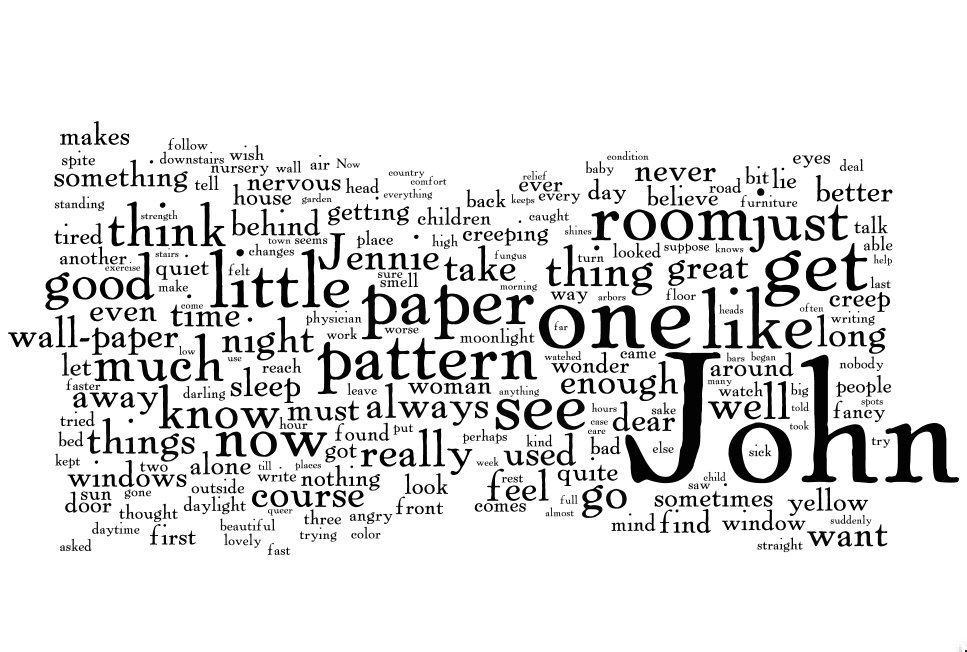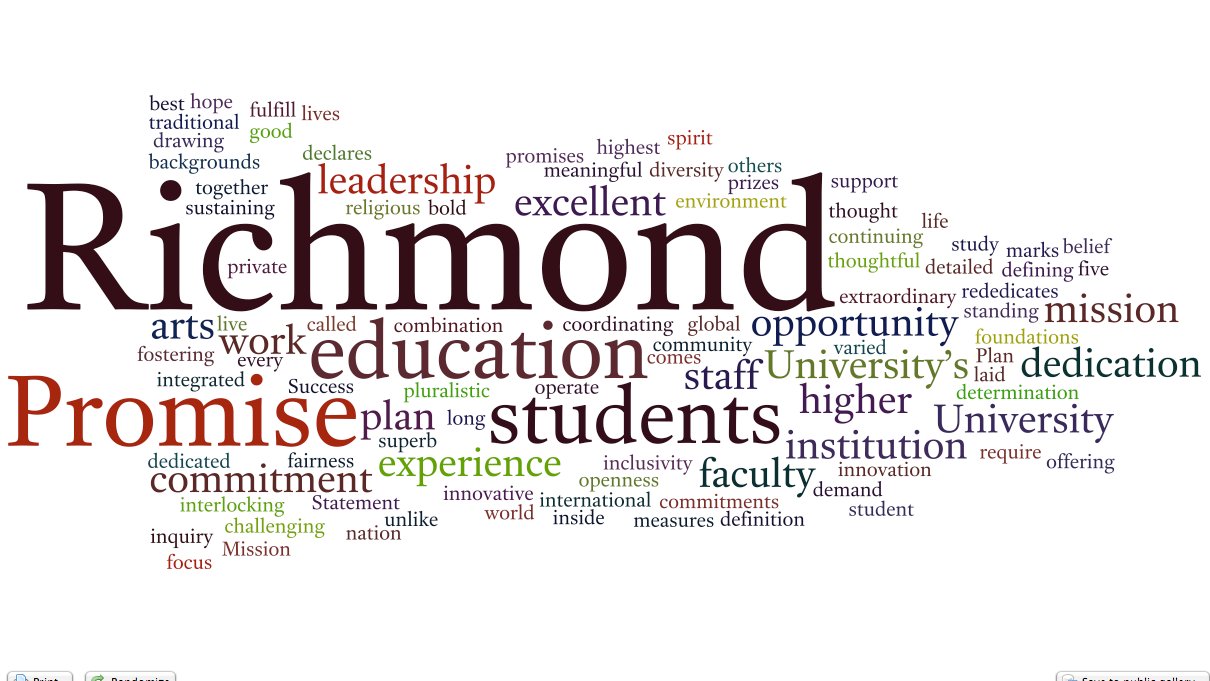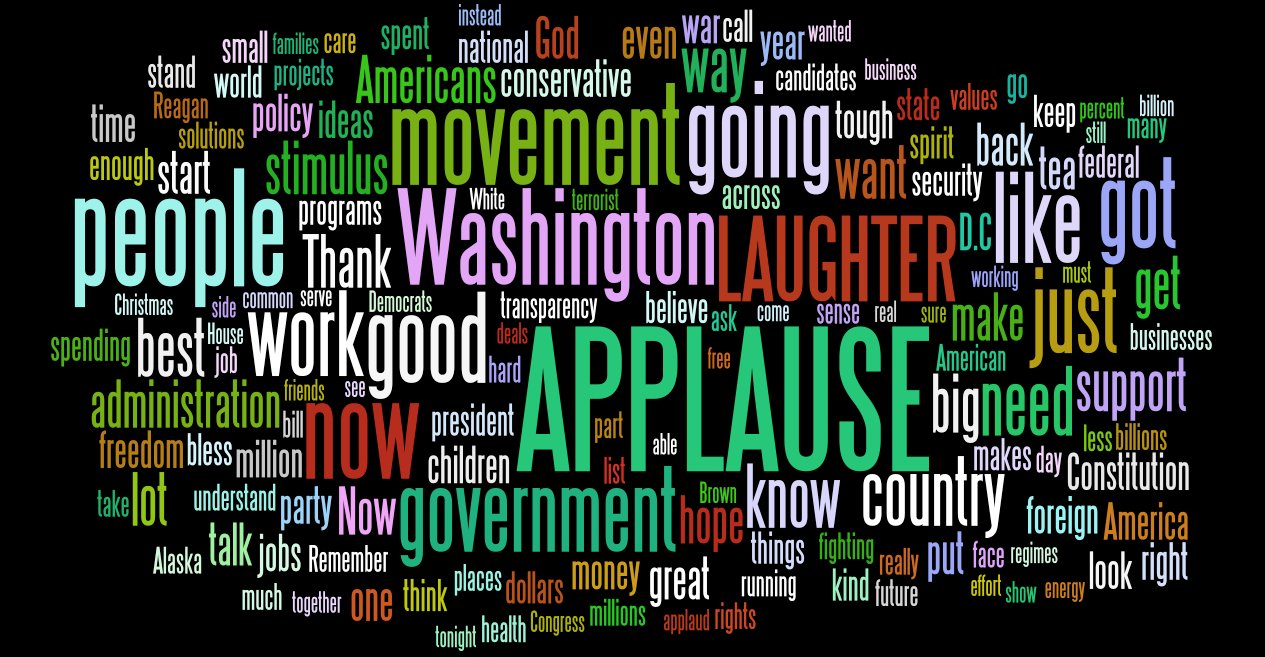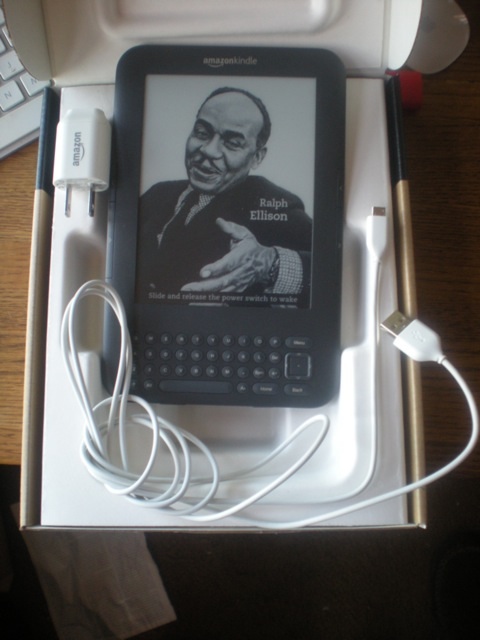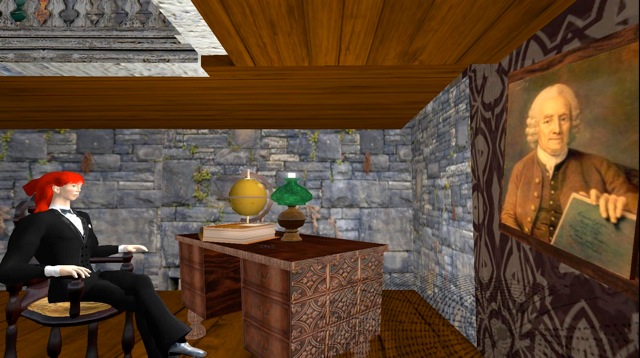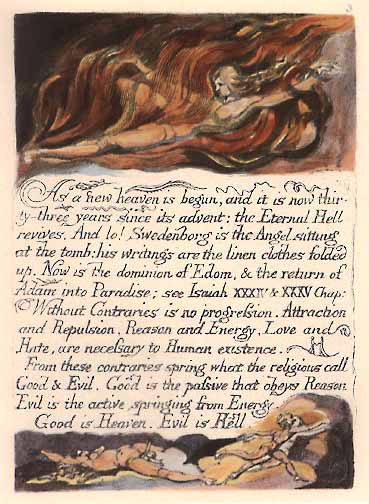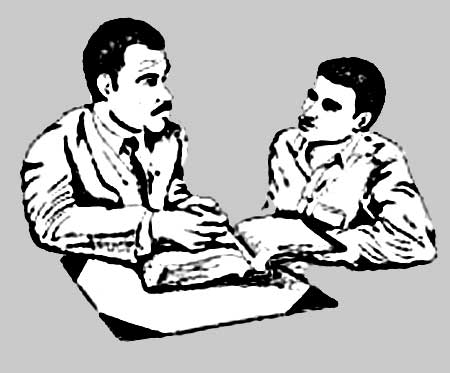This column was submitted by Steven Inglis, Writing Center Alumnus, Class of 2011.
This past summer I had the privilege of working as an intern at Nationwide’s Government Relations office in Washington, DC. As part of a team that functions as a liaison between the company, its clients, and the Federal Government, I quickly found that the skills I used and taught as a Writing Consultant were invaluable to my job. The more I thought about it, the experience gained writing, editing, mentoring, organizing endless drafts of papers, and working with clients (both teachers and students) provided skills that are applicable and transferable to any job.
Current Writing Consultants: many of you already have (or will soon be searching for) internships and job opportunities for this coming summer. Although this may seem like a long time from now, I encourage each of you to realize the value of the experience you are gaining and how it can be cited on your resume, in interviews, and finally used in the workplace. From my own experience, I can say without reservation that working as a Writing Consultant helped me most with the following:
First and most obviously, writing and editing. From simple e-mails to high-level industry documents and letters to Congressmen, my supervisors were impressed that I could not only draft an error-free document the first time around, but also demonstrate an uncanny attention to detail when peer reviewing. I could provide substantive recommendations on organization and presentation of an argument or message. This is something we work with daily as Writing Consultants, and a skill that is vital to a majority of jobs. Consider this: a 2004 College Board survey found that 86% of responding companies would frown upon poorly written job applications, and 80% of jobs in the most rapidly expanding service sectors required writing skills. This certainly lends credence to their claim that writing is increasingly a “gatekeeper” or “threshold skill” in the job market. For more, see Writing: A Ticket or a Ticket Out (CollegeBoard 2004).
Second, organization. Writing consulting will teach you how to stay organized during even the most hectic situations, which I came across frequently during my internship. I am sure many of you have experienced how stressful it can be to have sixteen drafts to read and track, sixteen appointments to set up, and professors to keep regularly updated, all on or near the week(s) you have your own midterms and essays to tackle. Stressful as it may be, this offers considerable perspective and helps build habits that can be carried forth throughout your career.
Third, communication. Writing consulting is a client-based process. It helps you learn how to communicate with professors on a professional level, as well as with other students at a peer and mentor level. Likewise, mature and respectful interaction with clients as well as coworkers is inherent to any and every workplace.
Although this list goes on, I feel the message is very clear. Rare is the occasion that you will encounter a job posting that leaves out key qualifications like ‘detail-oriented,’ ‘effective written and verbal communicator,’ ‘strong writing skills,’ and ‘highly organized.’ Indeed, as a Writing Consultant, you will continue to develop all of the above, which you can draw upon in interviews (to help you land the job) and in the workplace (to allow you to excel at the job).
As for me, I was happy to be offered a highly regarded full-time position with that same Nationwide office in August. Speaking from experience, I am confident that your work as a Writing Consultant will give you a significant edge in the job hunt and allow you to stand out as the “real world” approaches.
